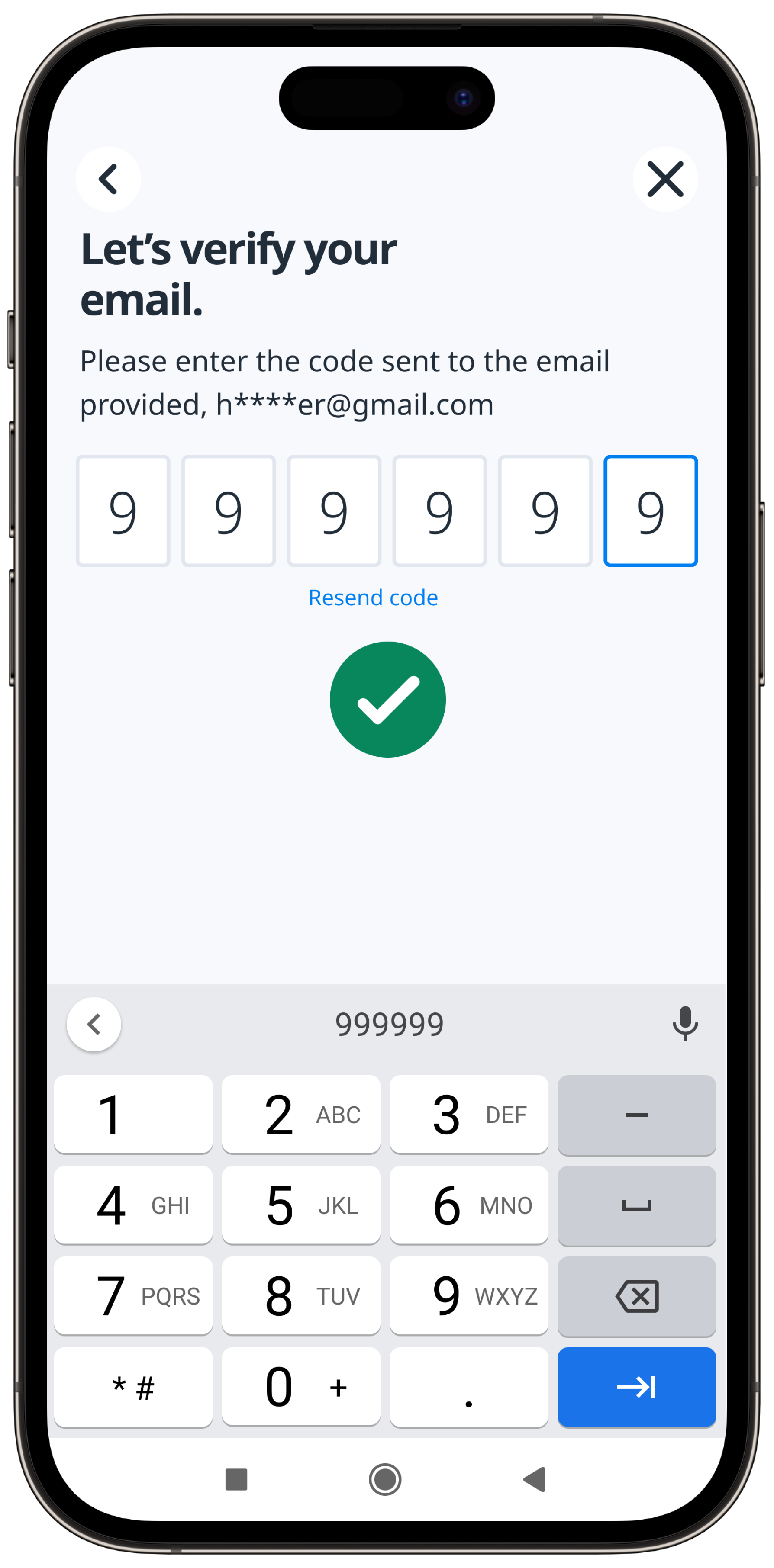Problem Confirmation
After listening to the customer share their needs and perceived issues, I proceeded to perform a competitive analysis against industry leaders in remittance and peer to peer payments.
I laid out all the key screens and flows from industry leaders. This allowed me to observe how industry leaders focused on user experience in layout, structure, user flows, and requirements.

Presentation
Next, I gathered the findings and presented them to the client.
This allowed us to align on what we're seeing and confirm the direction we want to proceed in conceptually and user experience-wise.
Key Findings
- Allow access without account: most remittance apps, we discovered, allow their potential users to start the path of sending money without an account. This allows them to preview the app, in a sense, and gets users to start committing to action.
- Bite size data requests: leading remittance apps asked users for their information mostly when needed/required to complete a task. This allows users to add their data in flow of creating a send request.
- Low barrier to entry: we noticed that remittance apps allowed users to start each of the key actions from the first screen without yet being signed in.















